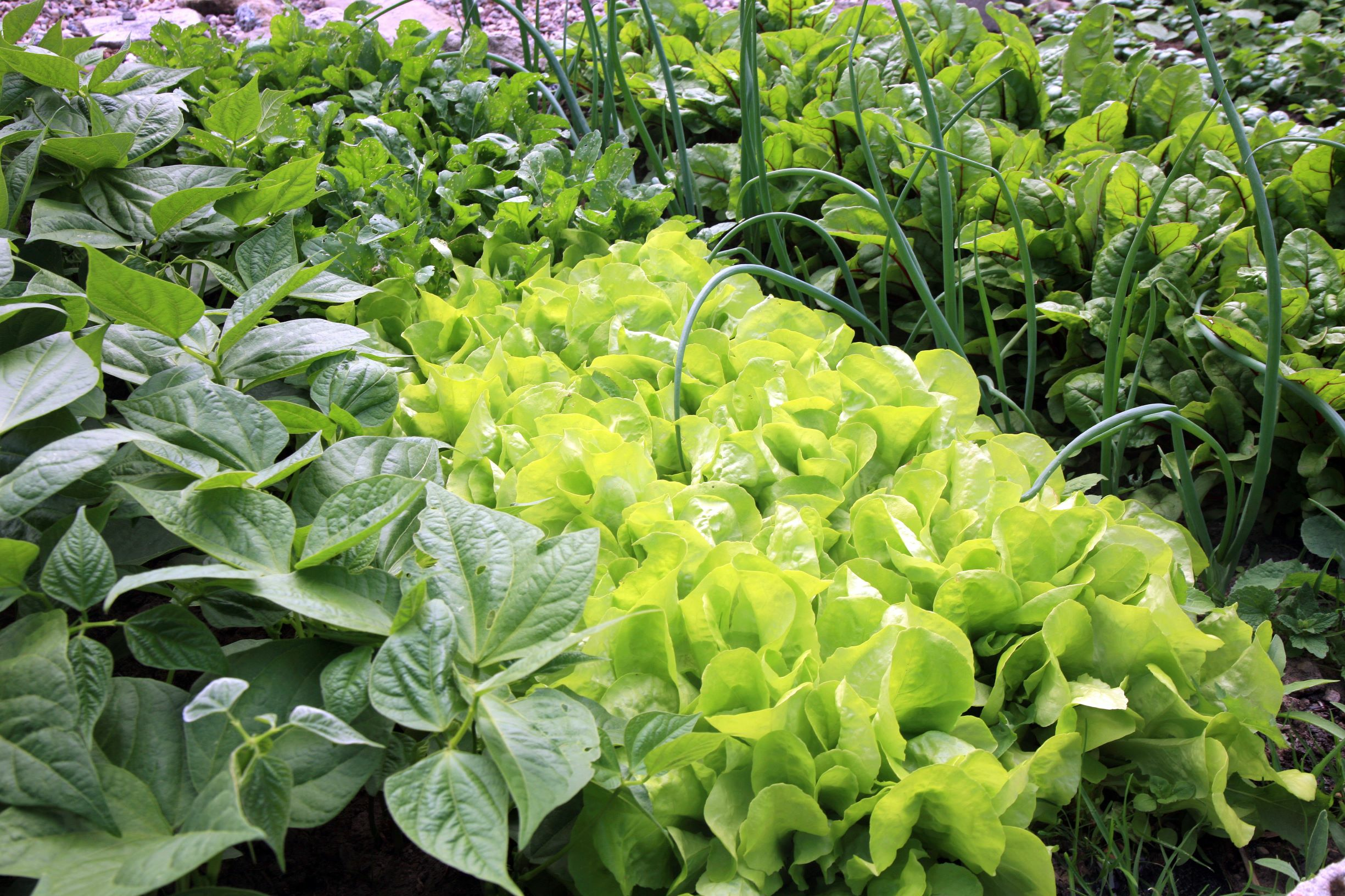
How to Make a Vegetable Patch for Beginners
Have you been bitten by the gardening bug? Do you want to harvest your own fresh vegetables? Then you've come to the right place! Don't be discouraged if you don't have much gardening experience yet. In this article, I will guide you step by step through the process of planting your own vegetable garden. We'll give you helpful tips and ideas for a successful start, especially if you're a beginner.
This Article Contains:
- Choose the Right Location
- How Big Should a Bed Be?
- How to Make a Veggetable Patch: Step-By-Step Guide
- Creating a Vegetable Patch: Tips & Ideas
- Create a Small Vegetable Patch
- Planting a Vegetable Patch: What You Need to Know
- Vegetables for Beginners
- Frequently Asked Questions About Creating a Vegetable Patch
Quick Overview
Create a Vegetable Patch: Instructions
- Choose a suitable location for your bed in partial shade or in the sun. You should plan paths between your beds so that you can work on them.
- Remove wild plants with a hoe or sheet mulching (piling up organic materials)
- Depending on the method: Loosen the soil with a digging fork, but do not dig over it
Planting the Vegetable Patch
- Some plants absolutely need full sun (e.g. tomatoes and eggplants), while other crops also thrive in partial shade (e.g. carrots, leeks).
- Plan your vegetable beds in a mixed culture!
Vegetables for Beginners
- beans, peas, potatoes, chard, radishes, spinach, zucchinis
Choose the Right Location
To find the best place for your vegetable patch, light exposure is crucial. Many vegetable plants prefer a lot of sun, as they originally come from warmer regions. So get a rough overview: Is there a tree somewhere that casts shade? Which part of the garden does the sun shine on and how does it move during the day? Then choose a sunny or semi-shady area for your first bed. If you only have a shady part of the garden available, that's no problem. When planting, simply choose vegetables that thrive in low light.
How Big Should a Bed Be?
This question is often asked. It's not that easy to answer, because it's not just about how many people you want to feed with your own vegetable garden, but also about how much time you can invest. As a basic rule, we recommend choosing a bed width of around 120 cm/47.2 in, so you can still easily reach the middle of the bed for weeding and harvesting vegetables. You can then choose the length of the vegetable patch according to the space available.
Create and Plan Paths Between the Beds
Also remember to create paths between the beds so that all areas are accessible. The paths in your garden should be laid out in such a way that you can easily reach everything. You can then design the paths according to your own preferences. For example, they can be covered with bark mulch, wood chips or pebbles or simply kept clear.
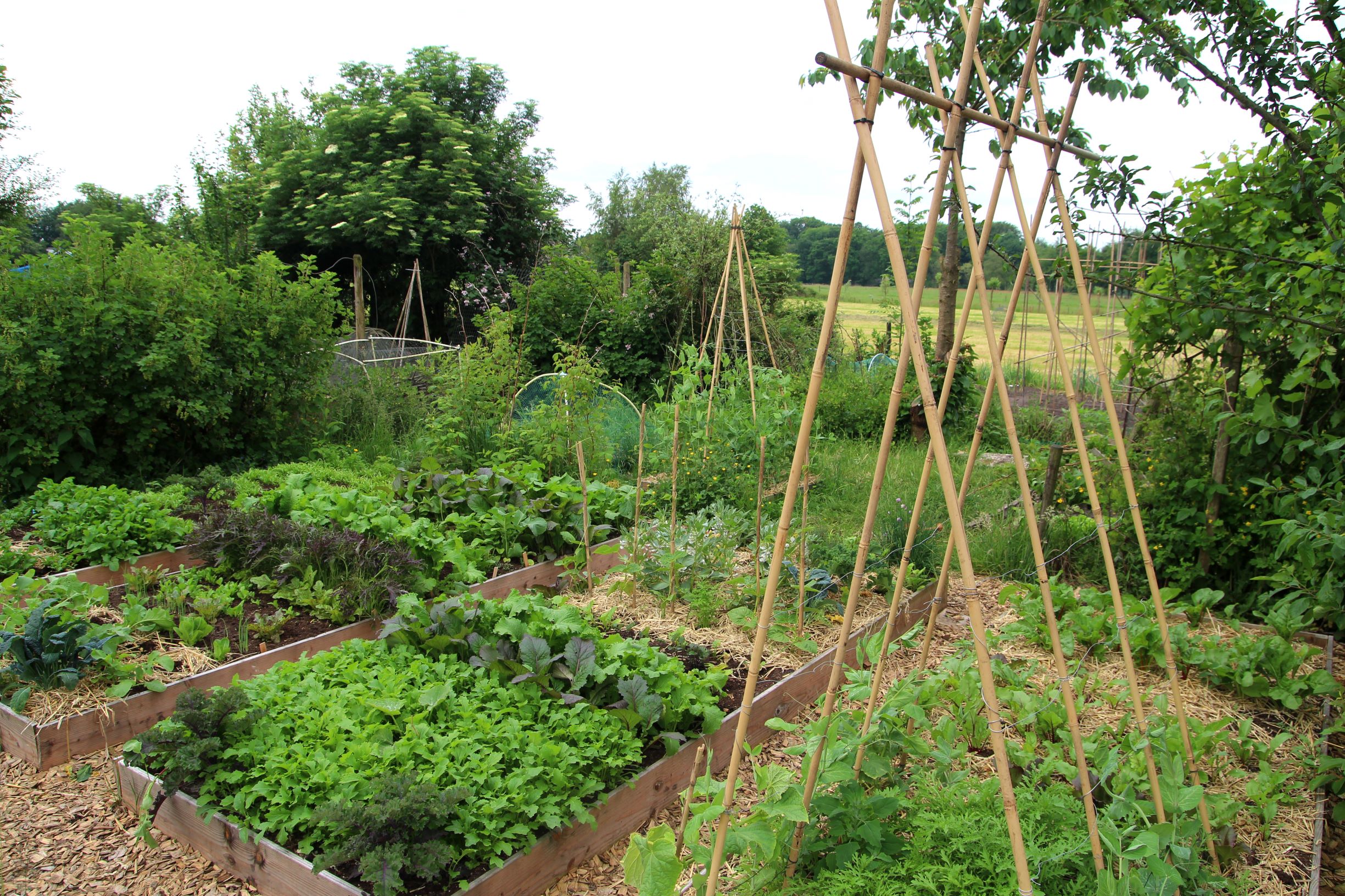
How to Make a Veggetable Patch: Step-By-Step Guide
Remove Wild Plants
Next, the beds need to be cleared so that the wild herbs don't compete with your vegetables for light and nutrients. You can easily do this with a hoe. It is important that the roots are also removed! Otherwise most of the roots will sprout again. The plant remains can then be chopped up and incorporated into the compost. Alternatively, you can cover the existing vegetation with cardboard. This keeps light away from the plants, causing them to die. However, this method takes longer.
Loosen the Soil
Digging is often recommended at this point to remove the turf and create the base of the bed. But be careful, digging is very hard on your soil and disturbs the habitats of the soil organisms in it. It is better to use the No Dig Method, which does not involve digging. It is best if everything in the soil remains in its place as far as possible! The soil can be gently loosened with a pitchfork or digging fork. The advantage of this loosening method is that the habitats of the soil organisms are not disturbed too much.
Mulching Organic Material
After loosening, you should definitely mulch your soil so that the loose soil structure is maintained and your soil is protected. In nature, there is no such thing as bare soil. Native plants always form a protective layer if they have the opportunity. This keeps the soil underneath nice and moist and soil life active.
The classic mulch materials are, for example, straw and grass cuttings, but nettles and other herbs without seeds can also be used. There are also mulch films made from polyethylene or bioplastics. The advantage of polyethylene films is their durability, but they are not biodegradable. Bio films have the advantage that they are completely compostable, but therefore "only" last about 3 months.
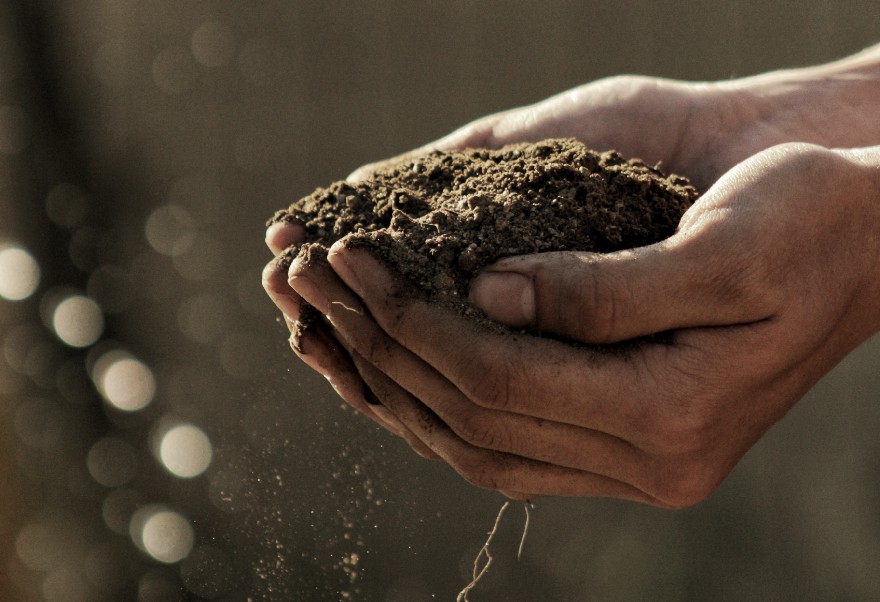
Creating a Vegetable Patch: Tips & Ideas
There are many ways to create a new bed. There are many more methods than the traditional method of grabbing a spade and digging up your garden soil. To garden ecologically and organically, we recommend that you avoid digging and create no-dig beds. Instead of digging, you pile up new organic material. This method is called sheet mulching. You can find detailed Instructions on Creating Beds With Sheet Mulching here. These beds are also known as lasagne beds and are particularly suitable for improving soil fertility. Another option is to create raised beds. The difference between mound beds and lasagne beds is that mound beds have a layer of dead wood as a drainage layer. A drainage layer prevents waterlogging and ensures good aeration of the soil. This is an advantage in heavy soil, for example. This improves the soil structure and loosens the soil.
Create a Small Vegetable Patch
If you only have a small space available, it is still worth creating a bed. You can grow a variety of plants even in a small space. For example, you can create a Herb Spiral to grow a wide variety of herbs. You can build a Raised Bed for growing vegetables. This way, you can grow your own vegetables even in the city or on the balcony. If you don't have space for a raised bed, most vegetable plants can also be grown in pots or containers.
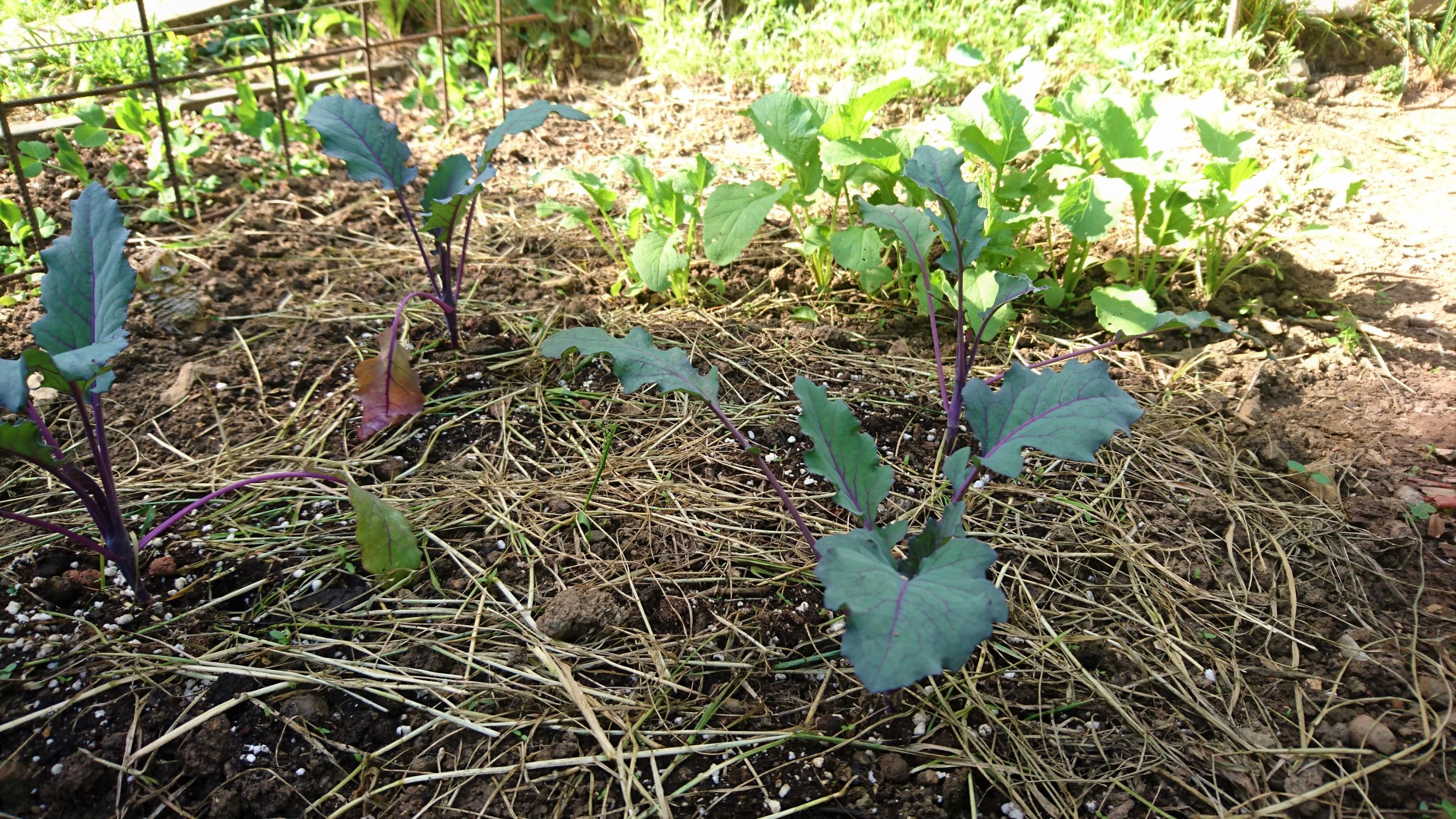
Planting a Vegetable Patch: What You Need to Know
Not all plants need full sun for their development. You will be surprised, because there are some vegetable plants and herbs that like to grow in partial shade. Whether a plant thrives better in full sun or partial shade depends largely on its origin. Mediterranean herbs such as rosemary and thyme, for example, need more sun than wild garlic, which grows in the forest.

Plan Vegetable Patches With Fryd
With our bed planner, you can easily plan a colourful mixed crop. Good and bad neighbours are displayed directly and you get tips on crop rotation!**
Plan a Bed NowOverview: Which Plants Are Suitable for Shade/Sun?
First of all, you should be aware that low light does not mean NO light! Your vegetable patch should therefore be in partial shade at most, but not in full shade. Below we have created a table with examples of vegetable plants and herbs that absolutely need to be in the sun and those that can still thrive in partial shade.
| Plants for Semi-shade | Plants for a Sunny Location | ||
|---|---|---|---|
| bush beans | wild garlic | aubergine | basil |
| peas | dill | cucumber | coriander |
| cabbage | mint | potatos | marjoram |
| garlic | parsley | maize | rosemary |
| leeks | chives | melon | sage |
| swiss chard | paprika / peppers | thyme | |
| carrots | tomatoes | ||
| parnship | zucchini | ||
| radishes and radish | |||
| beetroot | |||
| salad | |||
| spinach | |||
| onion |
Mixed Cultivation in the Vegetable Patch
You have now selected the plants that can thrive in your bed and that you would like to grow. The next step is to plan the actual planting. For a greater variety in the bed, we recommend planning your beds in a mixed culture. In this article, we explain How to Plan a Mixed Culture Correctly and what you need to bear in mind.
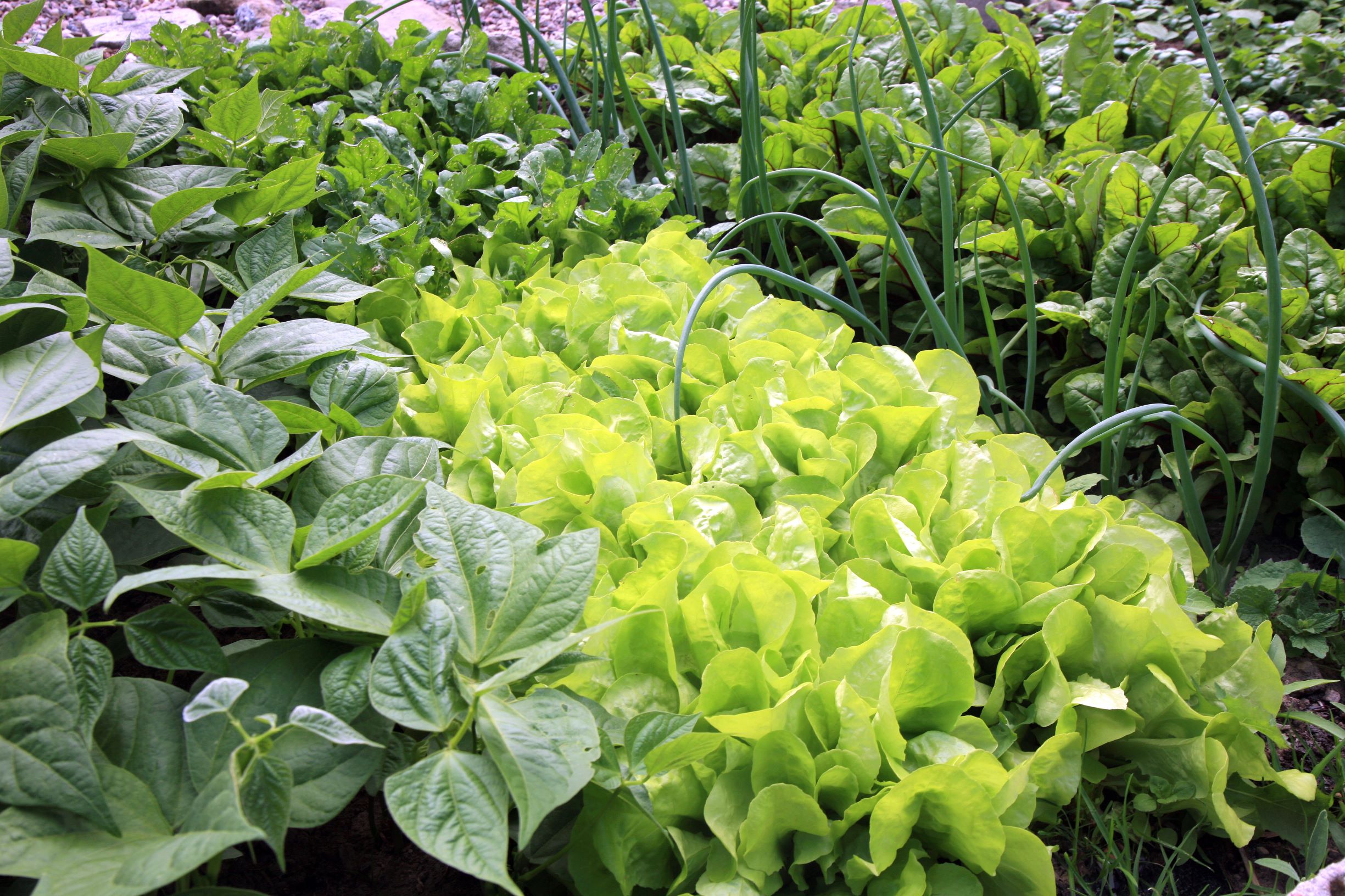
Vegetables for Beginners
Which vegetables should you grow in your garden? You may already have a wish list of varieties that you've always wanted to grow in your own garden because you can't find them in the supermarket or simply because you like them.
However, if you still have no idea which crops you could start with, we have put together a list of vegetable varieties that are high-yielding and suitable for novice gardeners:
These Plants Are Easy And High-Yielding
- beans
- peas
- kale
- potatoes
- pumpkin
- swiss chard
- radishes
- spinach
- zucchinis
- onions
I very much hope that this article has helped you on your way to your own vegetable garden. If you have any questions, please email us at magazin@fryd.app. To make sure you don't miss any more articles, follow us on Instagram and Facebook or sign up for our newsletter.
Want to get helpful gardening tips all year round and plan your own beds in the best possible way? Then register here or download the Fryd app for Android or iOS.
Fryd - Your digital bed planner
Annabell
Current Topics in the Community
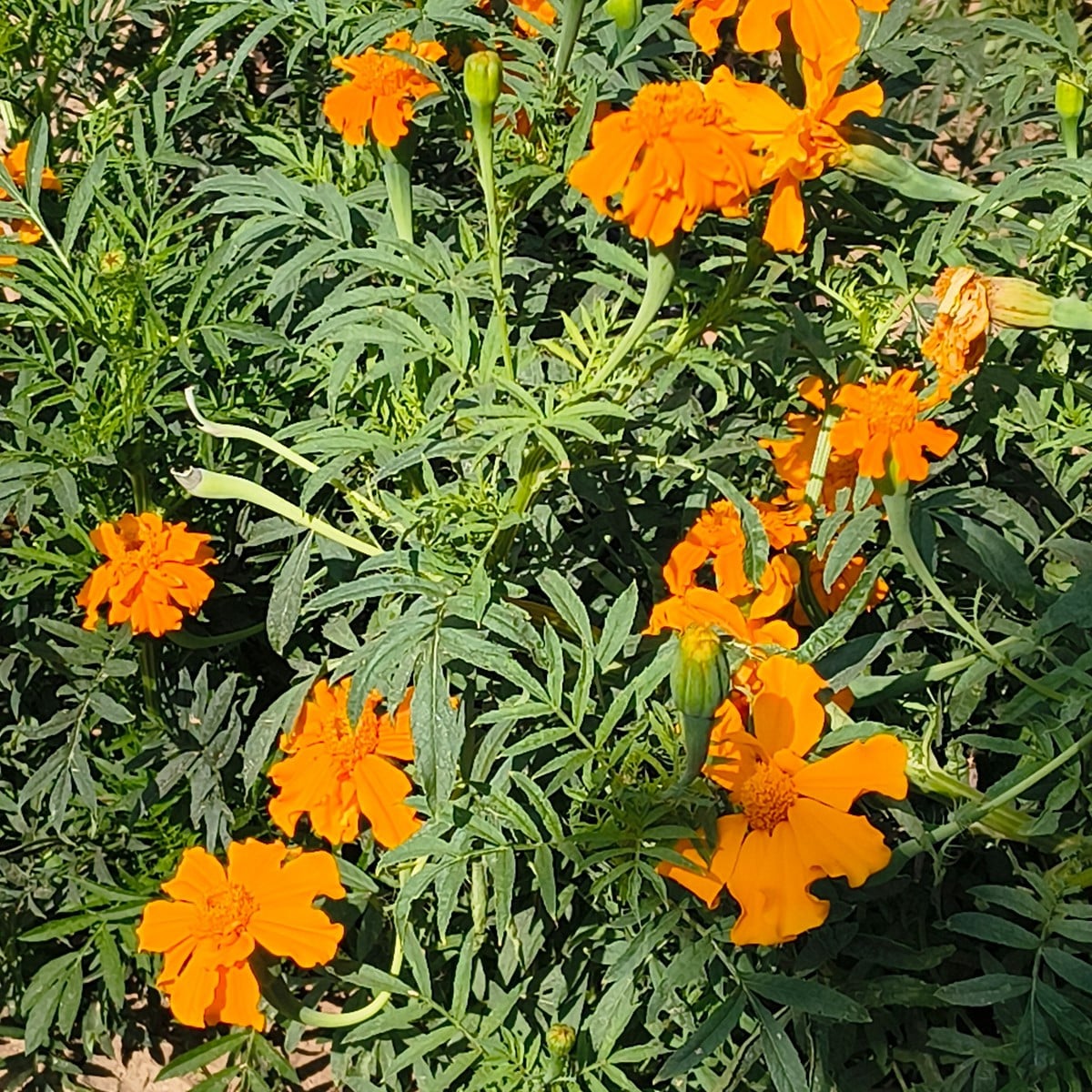
Liked 1 times
@Ufrydpaid_01
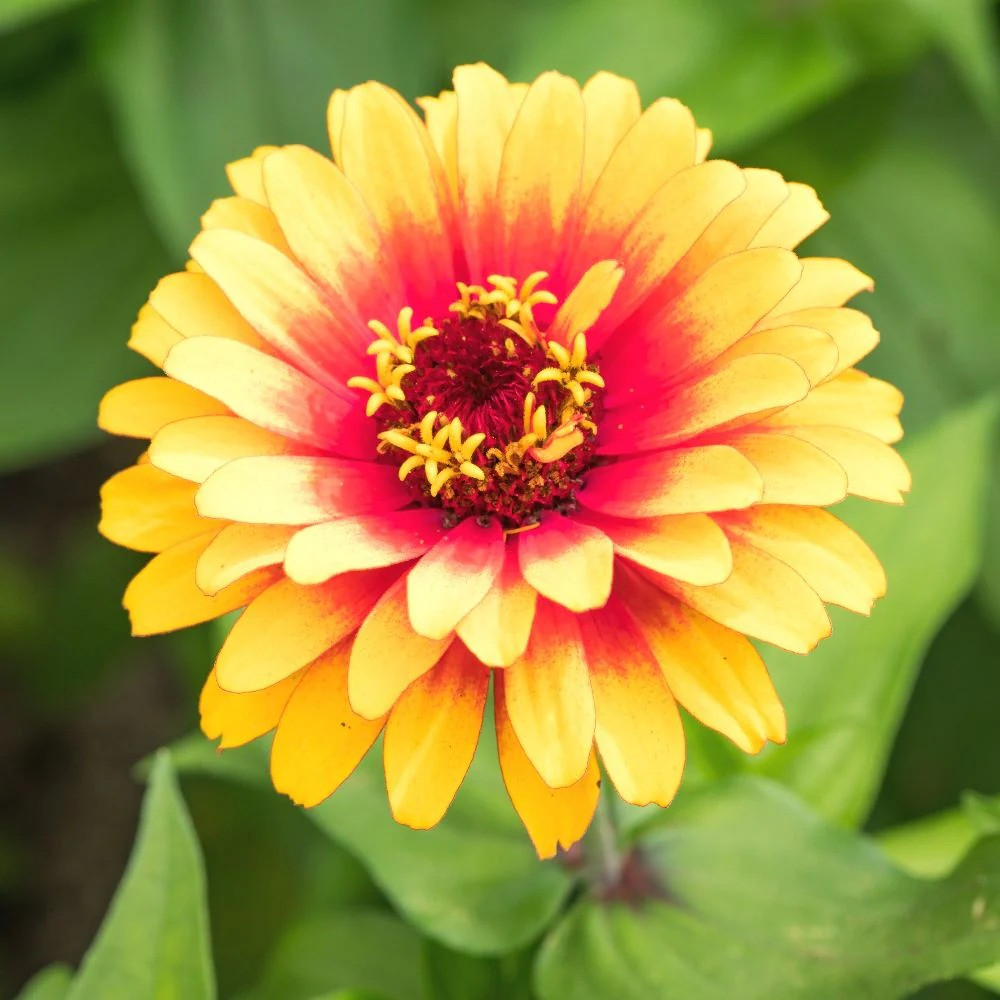
Liked 1 times
Hello
Show 1 answer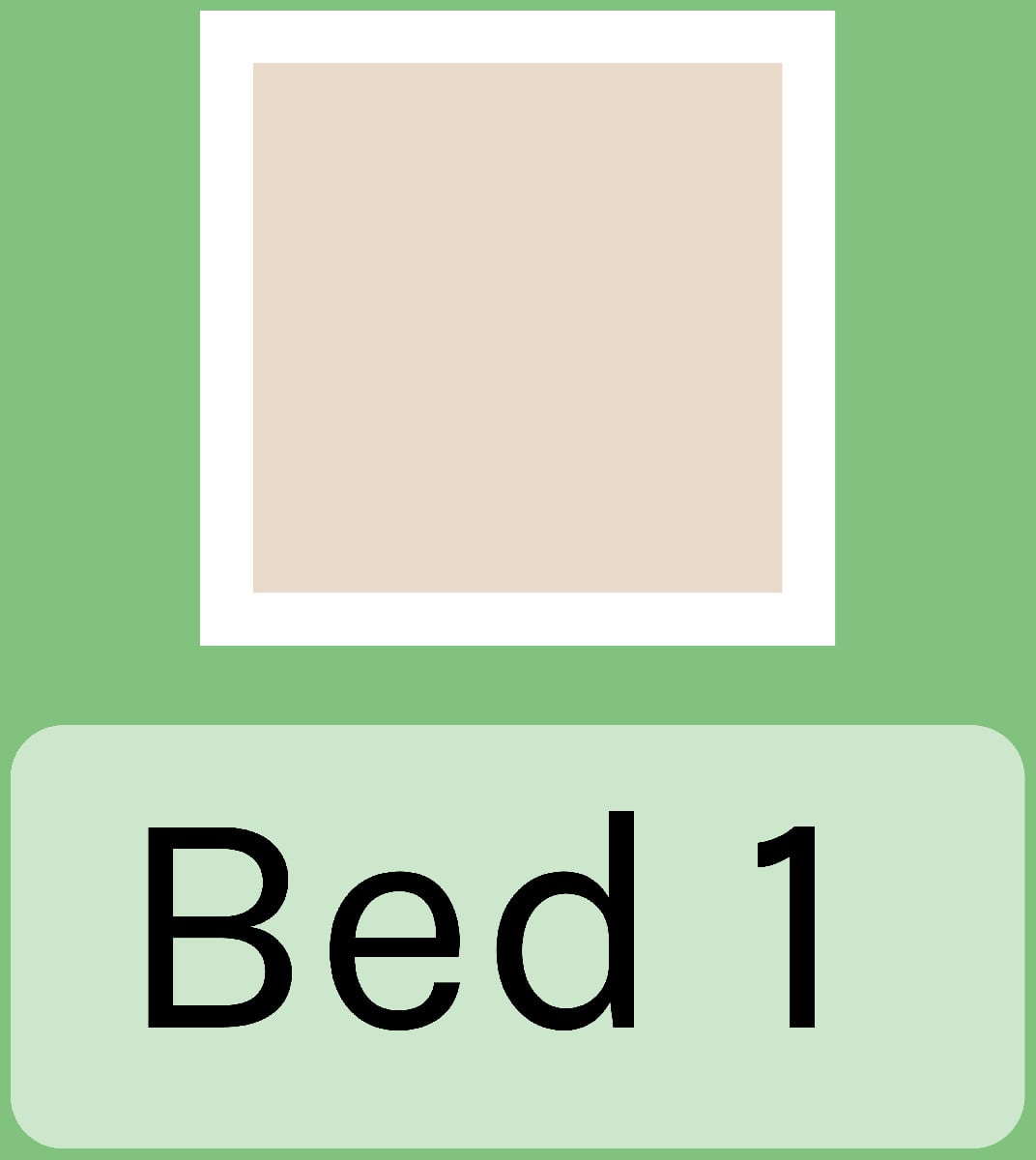
@Testi
Popular Articles

Companion Plants for Carrots: What (Not) to Plant With Carrots

Companion Plants for Celery : What (Not) to Plant With Celery?

Strawberry Types: List of Best Strawberry Varieties

Companion Planting With Strawberries: Companion Plants and Planting Plan

Basil Varieties & Types at a Glance

What to Plant With Cabbage: Good and Bad Companion Plants

Fertilizing Strawberries: Home Remedies & Natural Fertilizers at a Glance

Growing Sweet Potatoes: Tips on Cultivation & Companion Plants

Companion Plants for Kitchen Herbs: Chives, Parsley & Co

What Herbs Can Be Planted Together?
FAQ
Which plants thrive in partial shade?
There are some crops that also thrive in partial shade and with fewer hours of sunshine. Some examples are peas, cabbage, garlic, leeks, chard, carrots, parsnips, radishes, lettuce and spinach.
How do I create new beds without digging?
There are several methods for creating new beds without digging. This involves piling up new organic material. You can either create raised beds (with drainage from dead wood) or lasagne beds. Alternatively, you can also build a raised bed.
By default, most beds are between 120 and 150 cm/47.2 and 59 in long. The reason for this is that with this bed width, you can easily reach the middle for weeding and harvesting or tending vegetable plants.
How can I create a small vegetable patch without a garden?
If you don't have a garden and little space, you can still grow vegetables. You can build a raised bed for this. For herbs, you can build a herb spiral that gives a variety of herbs a place to grow.
Which vegetable plants are suitable for beginners?
Easy-care and uncomplicated crops include peas, beans, potatoes, chard, radishes, spinach and zucchinis. These crops are also very productive!